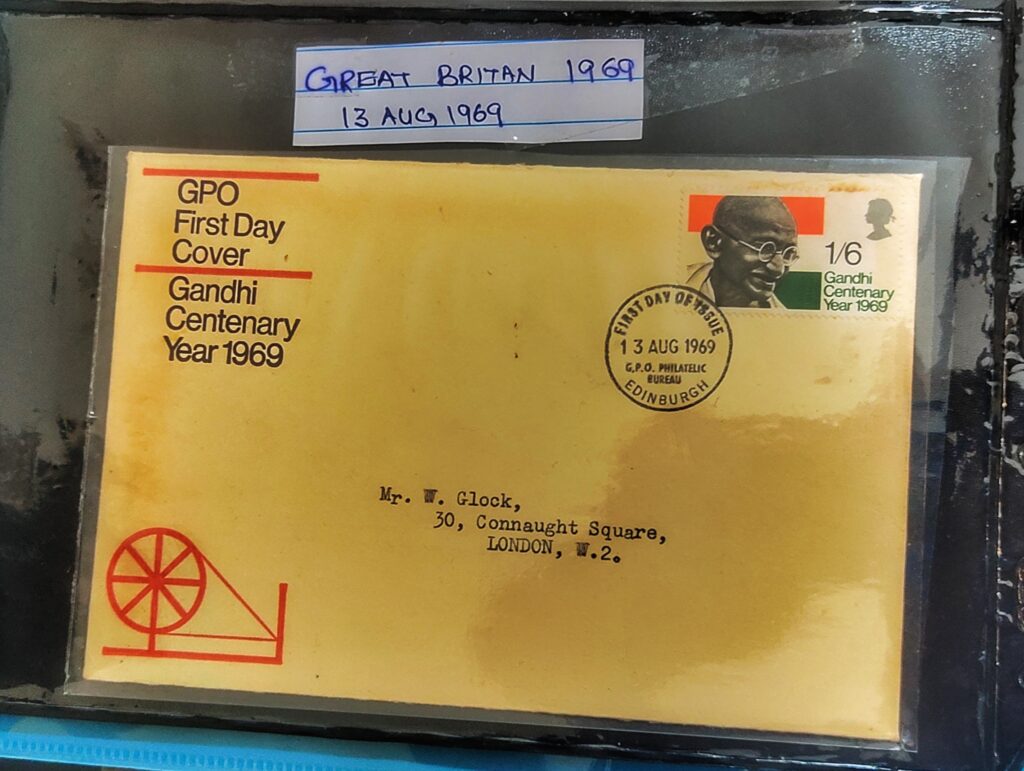“Generations to come, it may well be, will scarce believe that such a man as this one ever in flesh and blood walked upon this Earth”. Remembering the words of Albert Einstein about Mahatma Gandhi, philatelist C.P Mathen from Kottayam district of Kerala accentuates his question, “How is it possible to forget the Mahatma!”
Chalakuzhiyil Philipose Mathen, known in the philately community as Mr C.P Mathen, is a descendent of Late Chalakuzhiyil Paulose Mathen – a Member of Parliament from the Thiruvalla constituency of Kerala for the first Lok Sabha election constituted in 1952. Philately, the art of collecting stamps started as a mere hobby for Mathen, but it is one that he has been diligently following for the last 25 years. Mathen feels that the stamps testify history in a way coins and currency do not. In the digital era, knowledge is omnipresent. But by being a philatelist or numismatist, children become enthusiastic about learning history more.
Many people adopt the hobby of collecting stamps, but only a few advance further. To inspire more to follow through, philatelic societies have existed. C.P. Mathen is an active member of one such society, PPNC (Pala Philatelic and Numismatic Club).


In a conversation with The Voices, Mathen talked about the historic significance of stamps and his passion and didactic vision regarding stamps on Mahatma Gandhi. Excerpts below:
What drew you towards philately?
Stamps imprint history in a unique manner. I also collect coins and currency, but stamps profess historical highlights of the time like none. This is my 25th year as a proud philatelist. It was easy in the beginning, back in the 90s, when letters were the dominating mode of communication. Now, the process of acquiring stamps has become tiresome. Yet I am chasing it, and within the span of this journey, my hobby has transpired into a passion.
Tell us a little about your focus area in regard to Mahatma Gandhi.
I am reminded of British Prime Minister Winston Churchill’s remark regarding Mahatma Gandhi. Churchill called Mahatma a ‘half-naked fakir’—the one who posed a threat to the British empire with an unfettered spirit. Surprisingly, after India gained independence, the United Kingdom released a commemorative stamp on Gandhi in 1969. This shows the prominence and impact of Gandhi’s methodology in bringing down an empire of global dominion. But my question is relevant—Is the current generation of India really familiar with Gandhi?
Wouldn’t Gandhian studies have had more impact on imparting knowledge to Gandhi? How do you plan to attract viewers to your collection?
Sure, but the country’s entire population cannot take up Gandhian studies. Being a philatelist focusing on Gandhi, my aim is to trumpet the prominence of Gandhi to the age group below 20, to spark in them an insight about the great man who won the battle of independence with a bouquet of non-violence. Theory classes on Gandhi cannot be everyone’s cup of tea, but philately can be an enjoyable enrichment. More than 200 countries have issued stamps on Mr Gandhi, and over 70 countries, including the USA, the UK, Russia, and Pakistan, have installed statues of the Mahatma.
In our philatelist society, we also gather stamps via a barter system. Some collectors acquire stamps via e-commerce, which requires a large sum of money. So the point is that the hobby of philately is not for profit margin. With my collection of Gandhi stamps, I envision a didactic purpose to enlighten the budding generation.

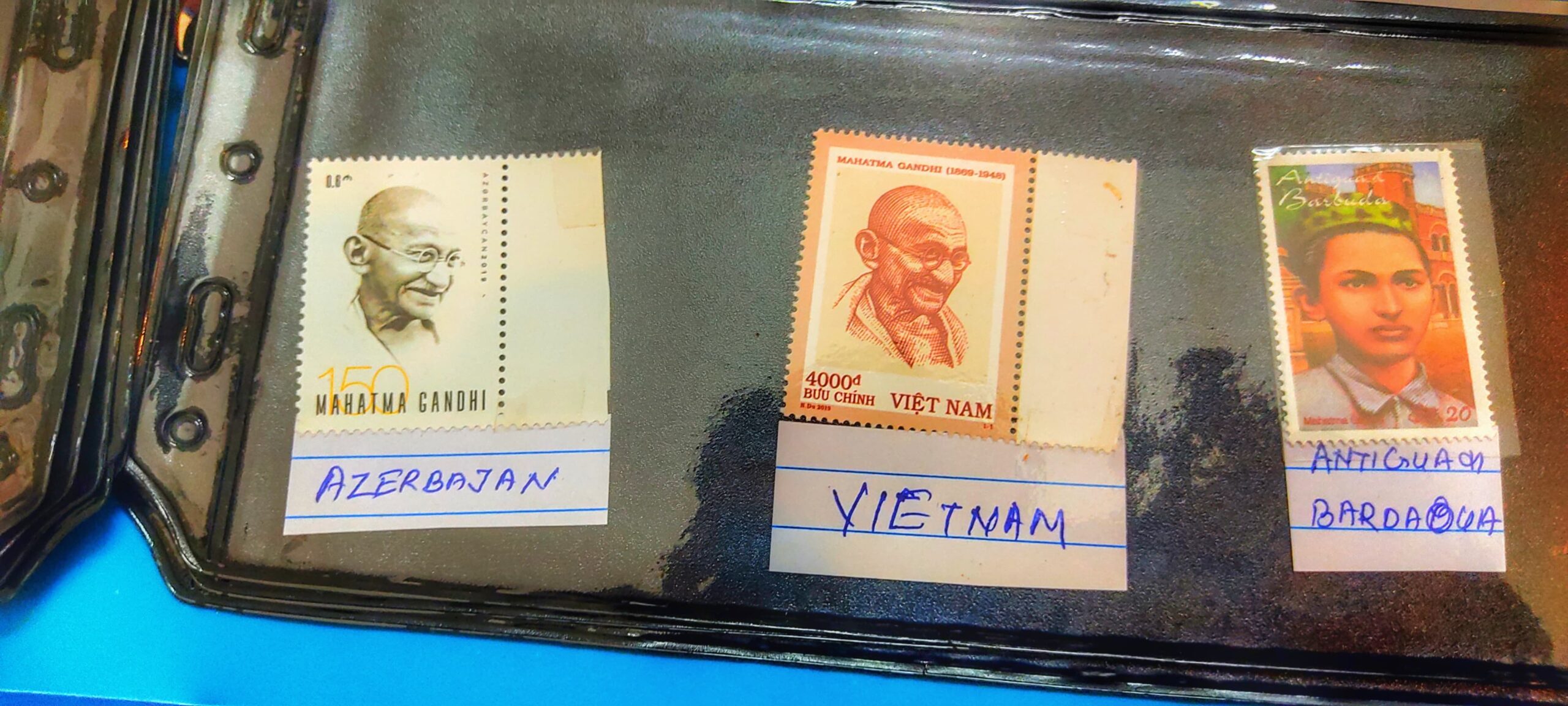

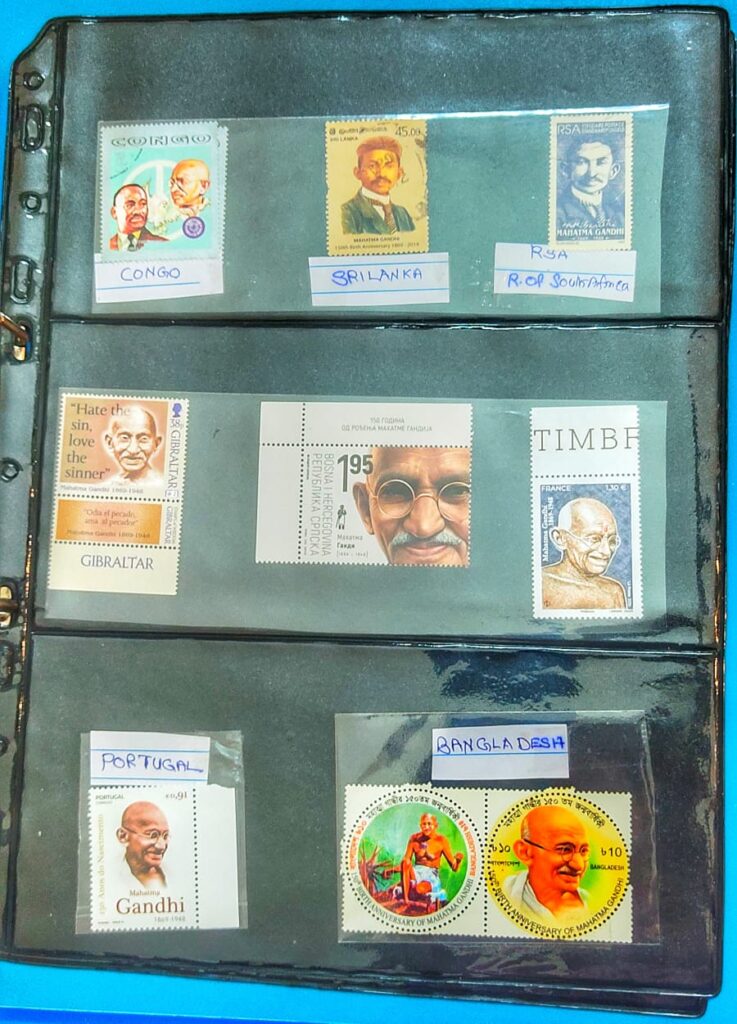
How you promote your vision of the didactic purpose?
I conduct exhibitions twice a year—on January 30th and October 2nd. I focus on prioritizing grass-roots growth. Adopting the Gandhian idea, I am primarily working towards shedding more light into my proximal zone, which shall then aggregate to illuminate the world. The exhibitions are organized in schools on special days. Along with stamps, I exhibit my coin and currency collection for the admirers of philately and fellow enthusiasts.
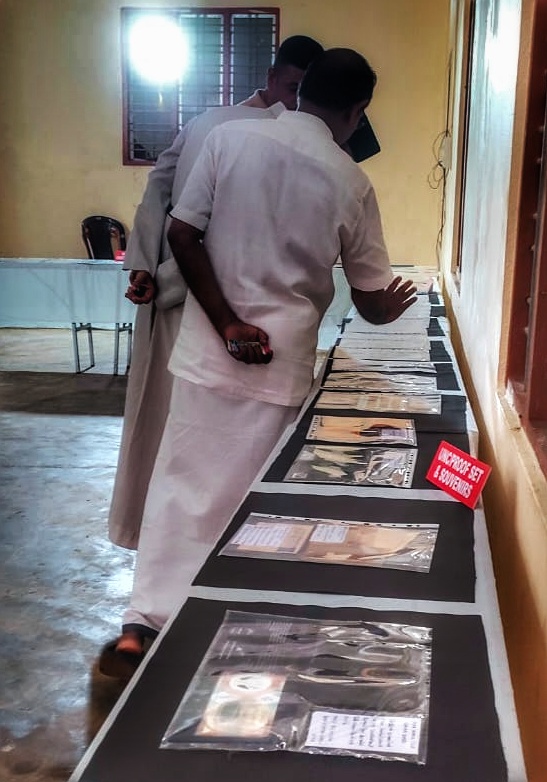
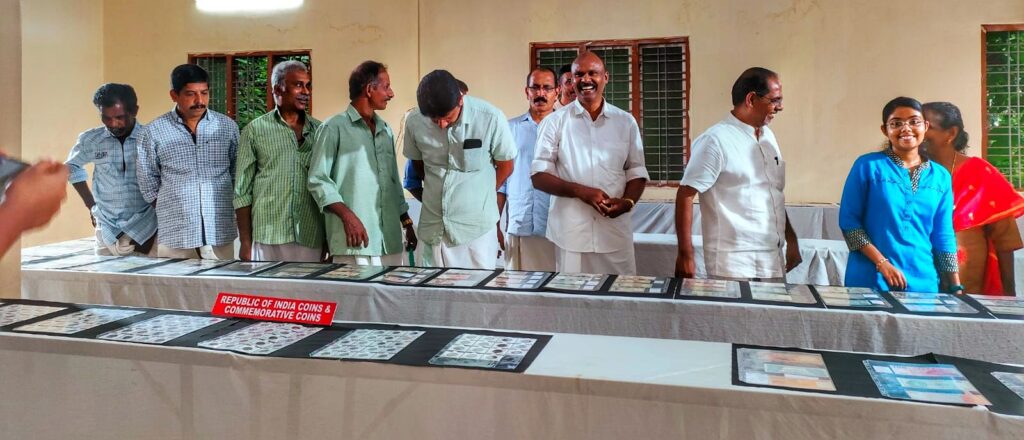
PHOTO STORY: Trails of Mahatma in Philately

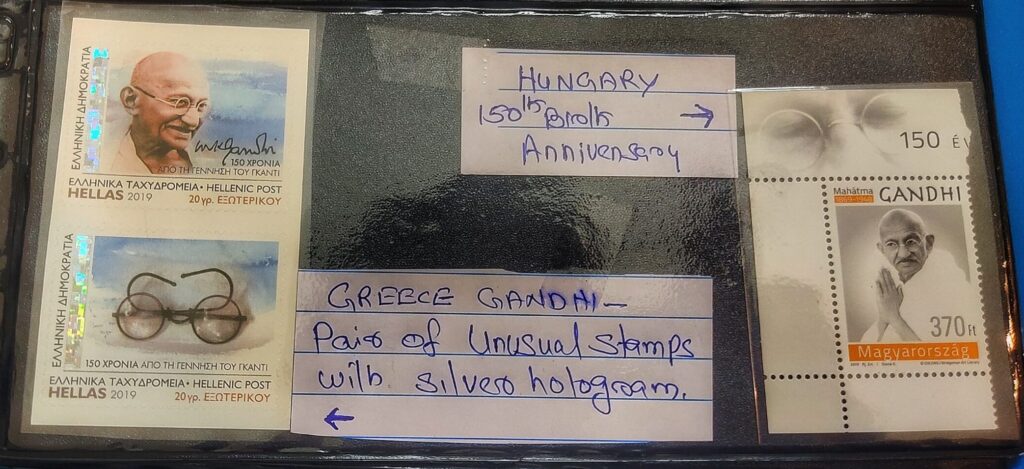
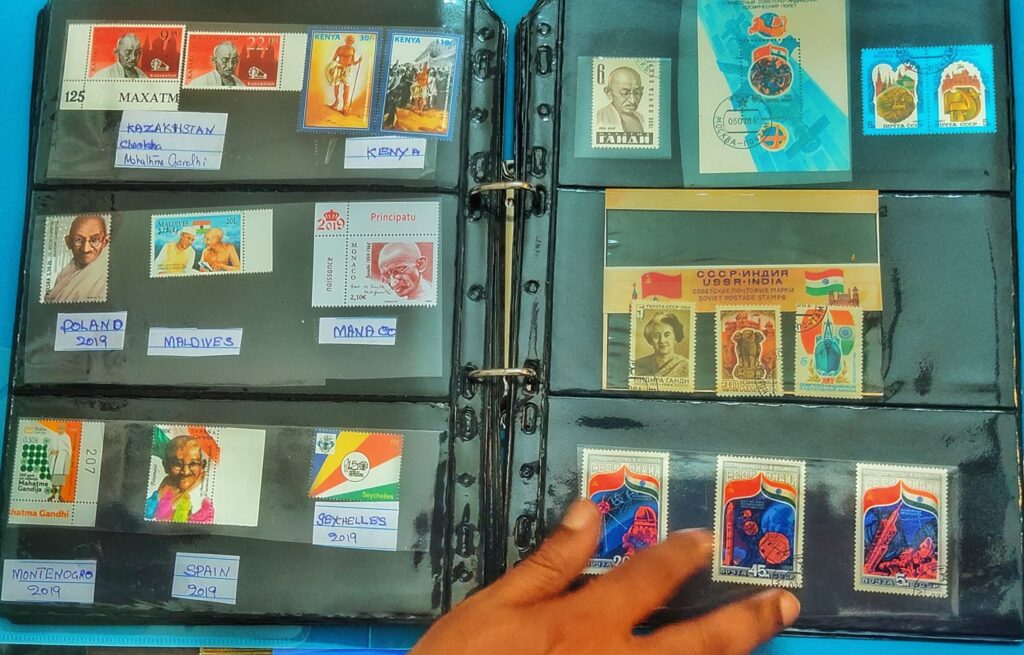
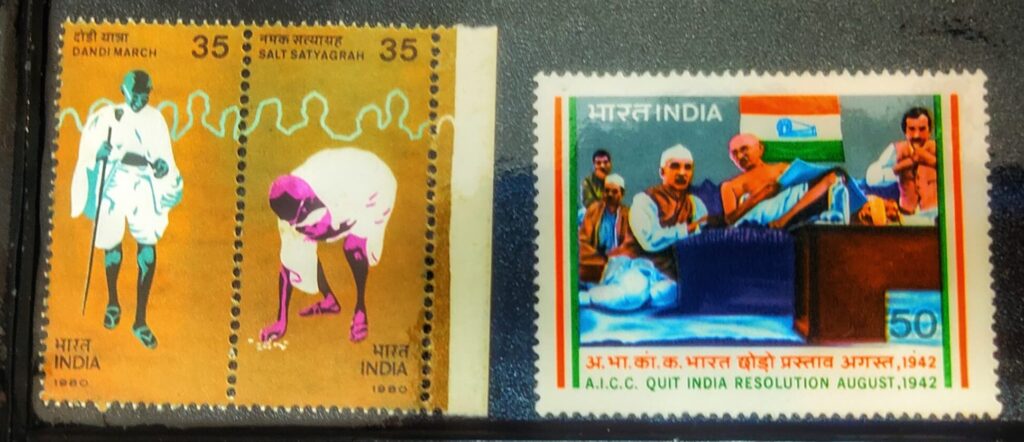



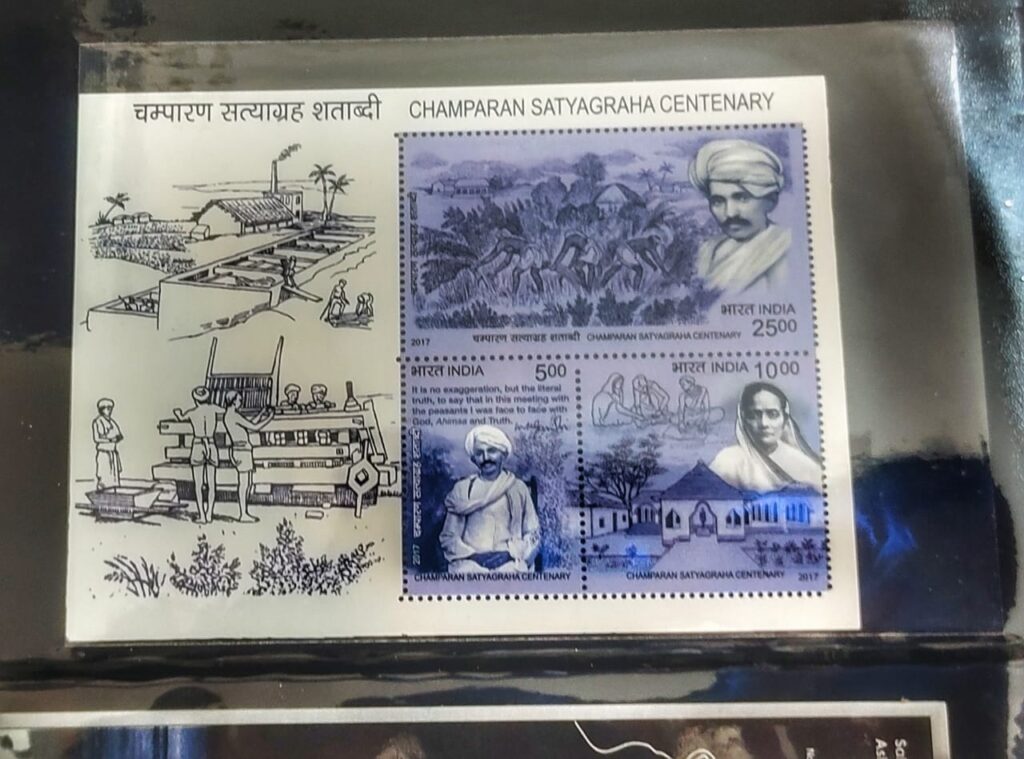
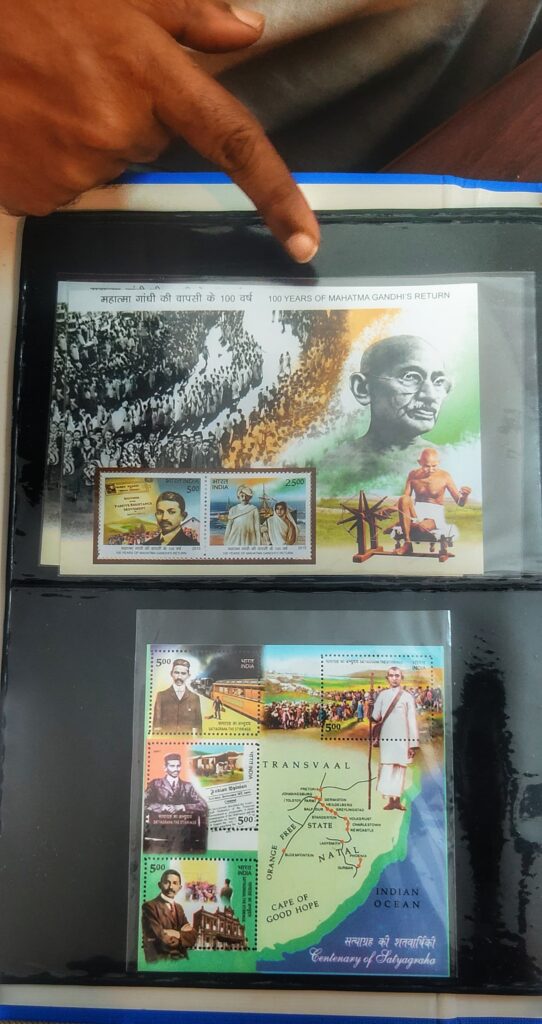


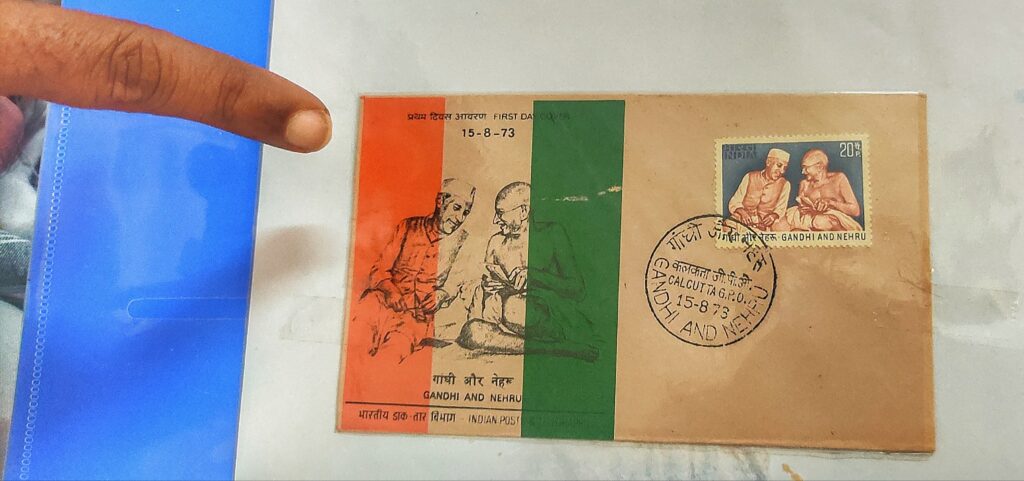
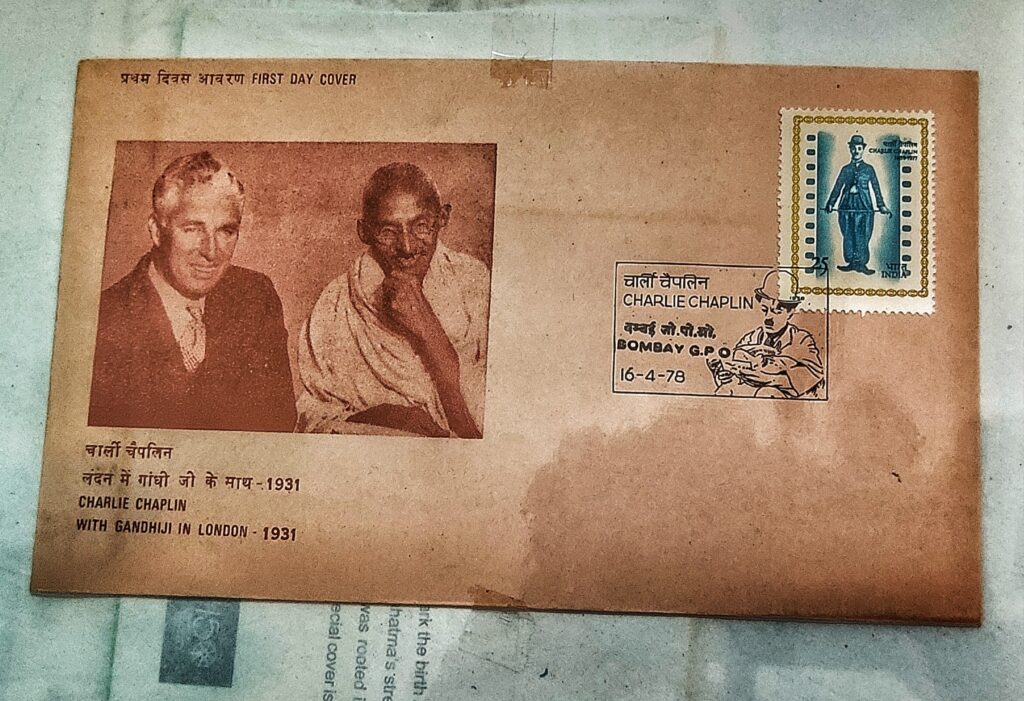
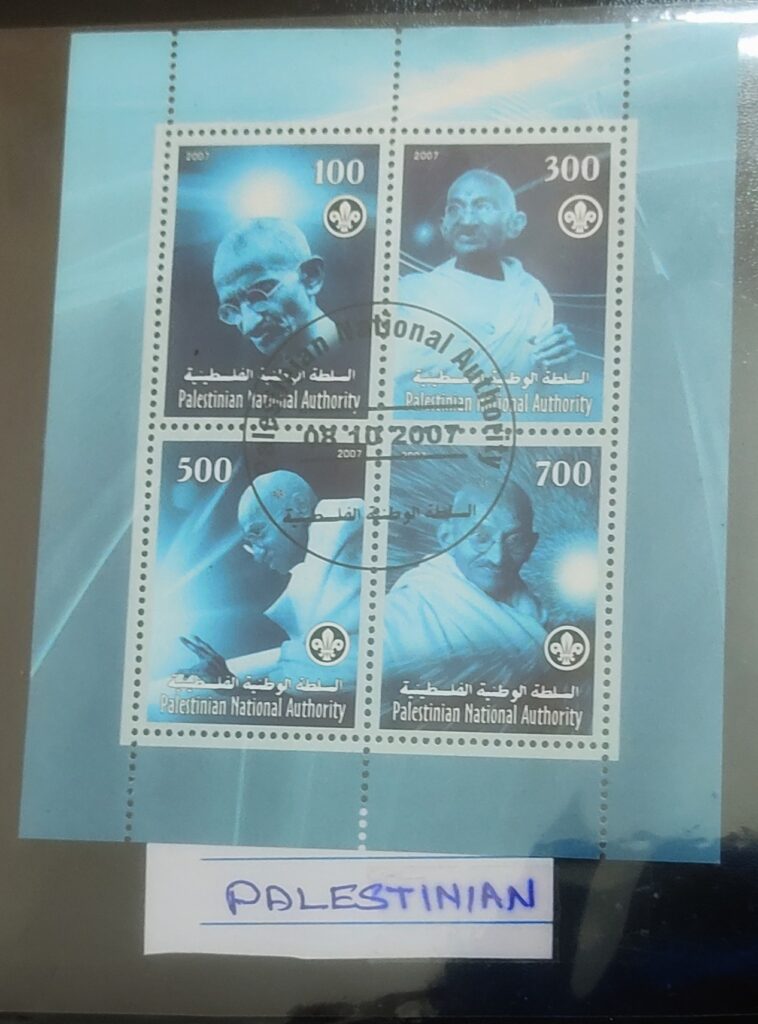
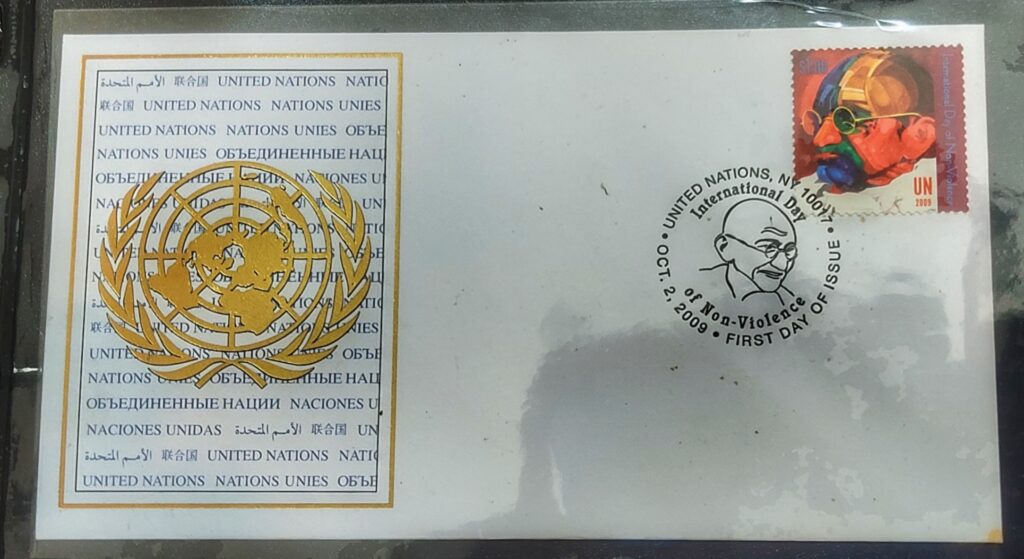

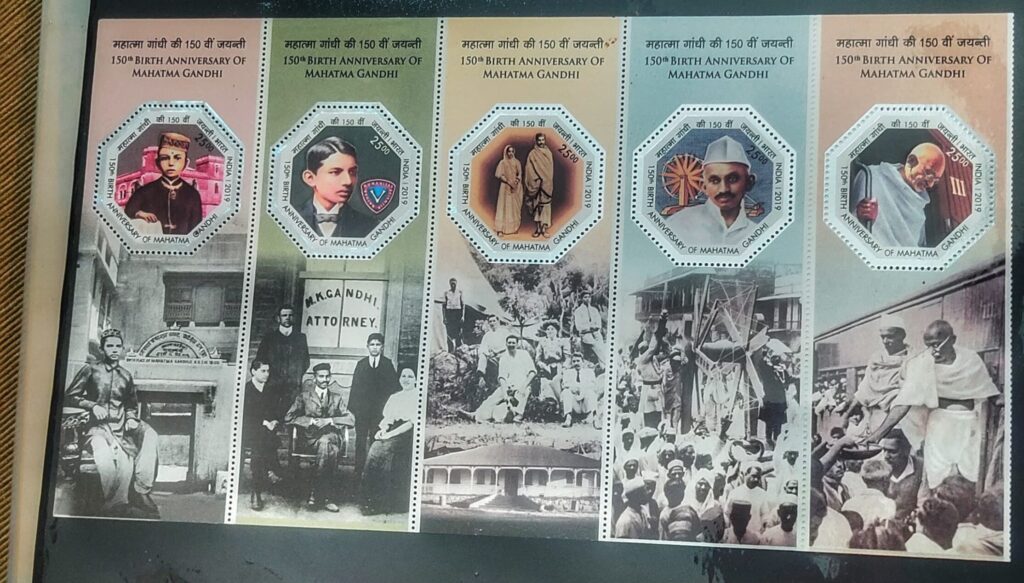
Copyeditor: Arunima Maharshi

